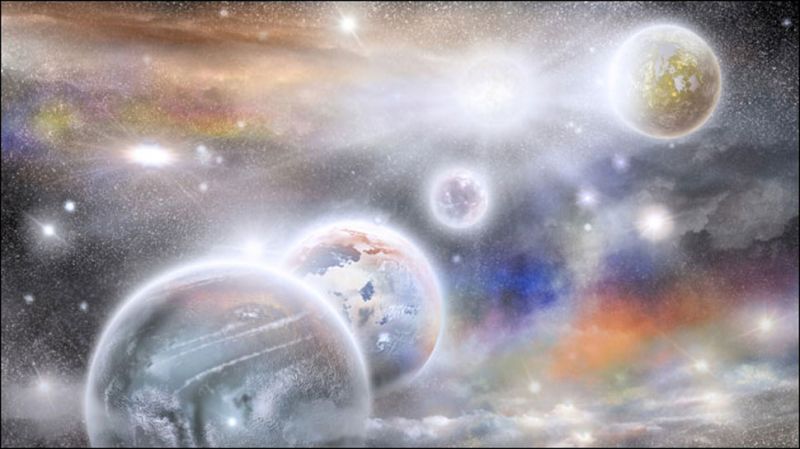New Delhi: In what could be called a breakthrough revelation, scientists have identified two planets that are a part of the TRAPPIST-1 solar system which are most likely to be habitable.
In February 2017, American space agency NASA made a ground-breaking revelation and announced the discovery of seven Earth-like exoplanets orbiting TRAPPIST-1 – a star in a galaxy lying 40 light-years away from Earth.
Much has been said about the ‘ultra-cool dwarf star’ that is hosting the planetary system, but the noise around it had sort of faded as scientists tried to delve deeper into its existence – until now.
“Because the TRAPPIST-1 star is very old and dim, the surfaces of the planets have relatively cool temperatures by planetary standards, ranging from 126 degrees Celsius, which is cooler than Venus, to minus 106 degrees Celsius, which is colder than Earth’s poles,” said Amy Barr, a scientist at Planetary Science Institute in the US.
“The planets also orbit very close to the star, with orbital periods of a few days. Because their orbits are eccentric – not quite circular – these planets could experience tidal heating just like the moons of Jupiter and Saturn,” said Barr.
“Assuming the planets are composed of water ice, rock, and iron, we determine how much of each might be present, and how thick the different layers would be,” he said.
“Because the masses and radii of the planets are not very well-constrained, we show the full range of possible interior structures and interior compositions,” Barr said.
The team’s results show that improved estimates of the masses of each planet can help determine whether each of the planets has a significant amount of water.
The planets studied are referred to by letter, planets b through h, in order of their distance from the star.
Analyses show that planets d and e are the most likely to be habitable due to their moderate surface temperatures, modest amounts of tidal heating, and because their heat fluxes are low enough to avoid entering a runaway greenhouse state.
A global water ocean likely covers planet d, researchers said.
The team calculated the balance between tidal heating and heat transport by convection in the mantles of each planet.
Results show that planets b and c likely have partially molten rock mantles. The paper also shows that planet c likely has a solid rock surface, and could have eruptions of silicate magmas on its surface driven by tidal heating, similar to Jupiter’s moon Io.
In August, TRAPPIST made headlines after scientists found that the star is up to twice as old as our solar system – between 5.4 and 9.8 billion years.
PTI

